

Do you ever wonder how the #TME in #HGSC changes during chemotherapy? Check it here: www.sciencedirect.com/science/arti... and let’s dive into the highlights together #spatialbiology #ovariancancer #cancerresarch
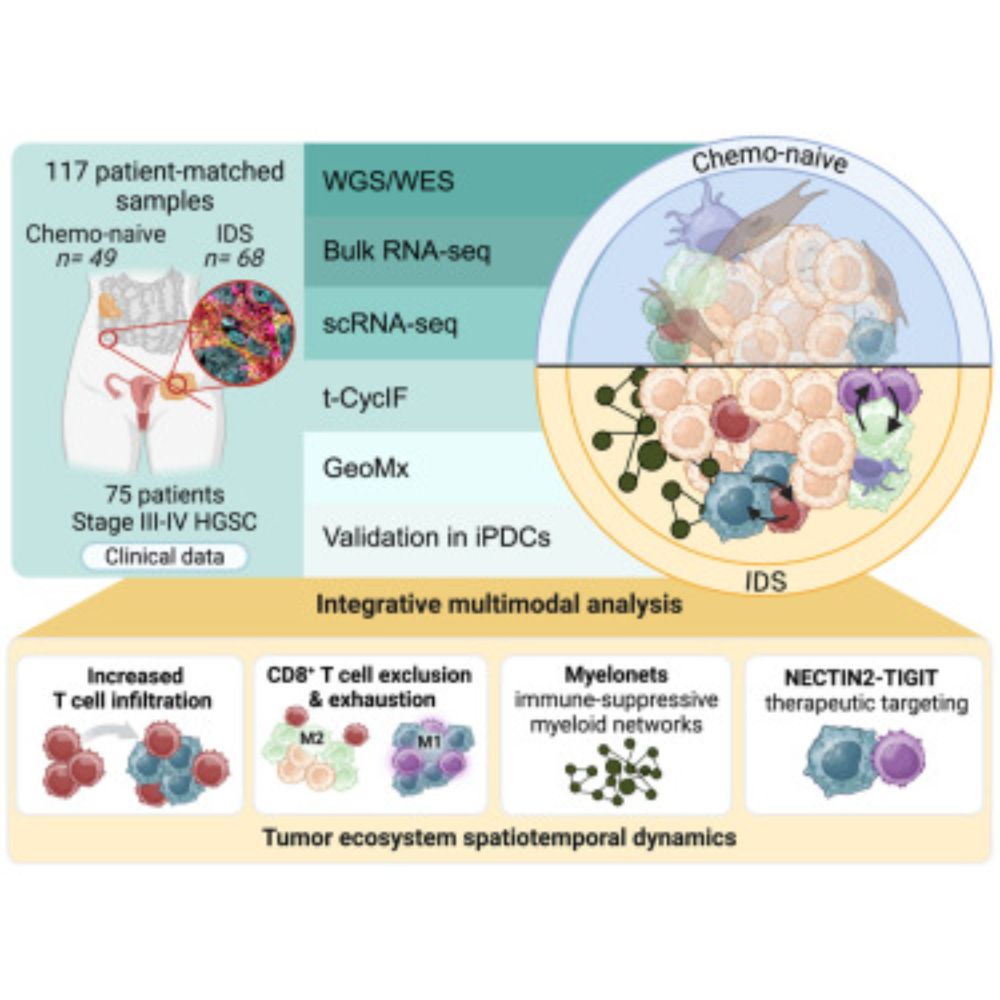
Do you ever wonder how the #TME in #HGSC changes during chemotherapy? Check it here: www.sciencedirect.com/science/arti... and let’s dive into the highlights together #spatialbiology #ovariancancer #cancerresarch
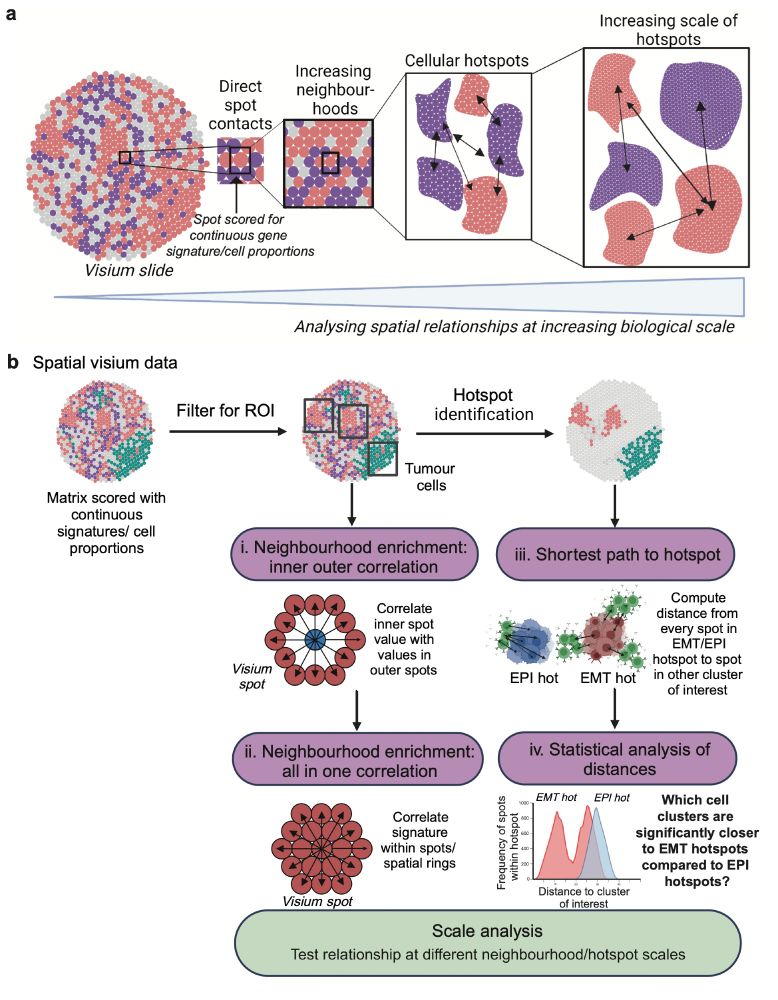

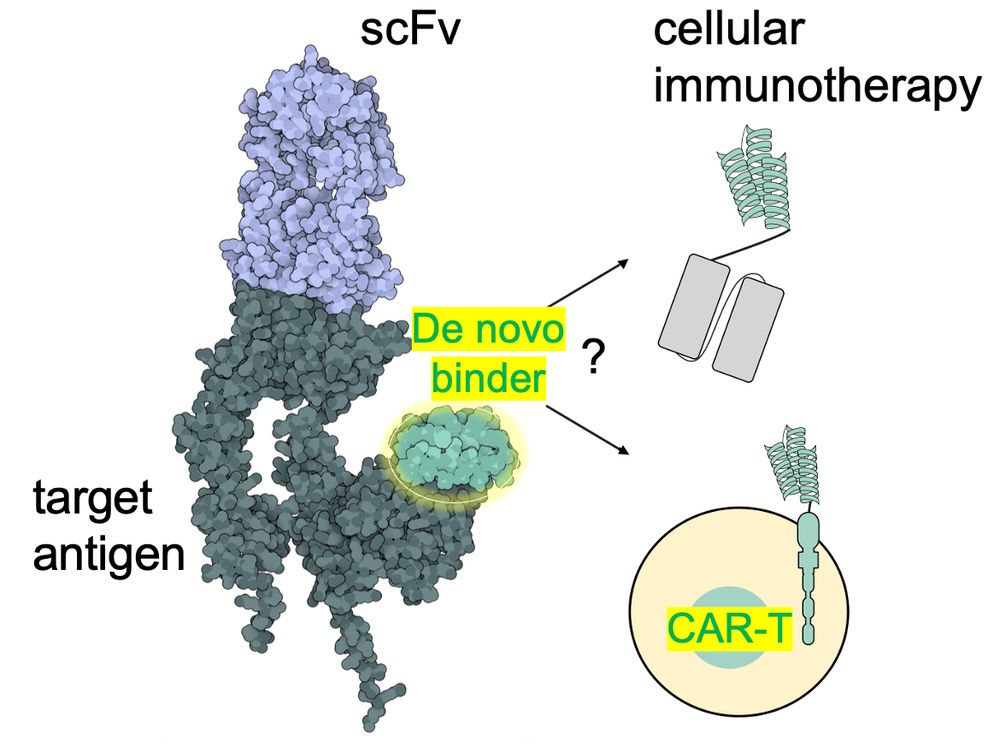
Paper found with researchbriefing.com.
Paper found with researchbriefing.com.
The NIH BioArt Source is an awesome library of *free* professionally drawn illustrations for scientific presentations or figures. Downloadable in HD. Thank you NIH for this invaluable tool 🙏!
Check it out 👇
bioart.niaid.nih.gov


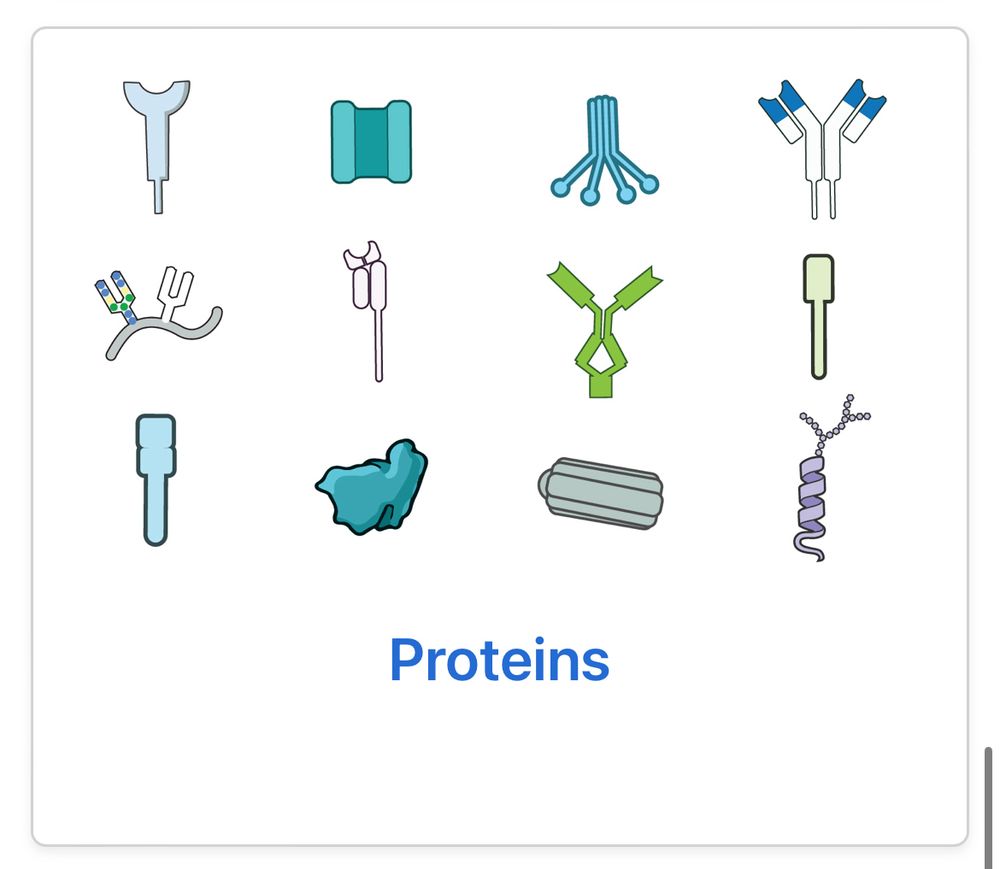
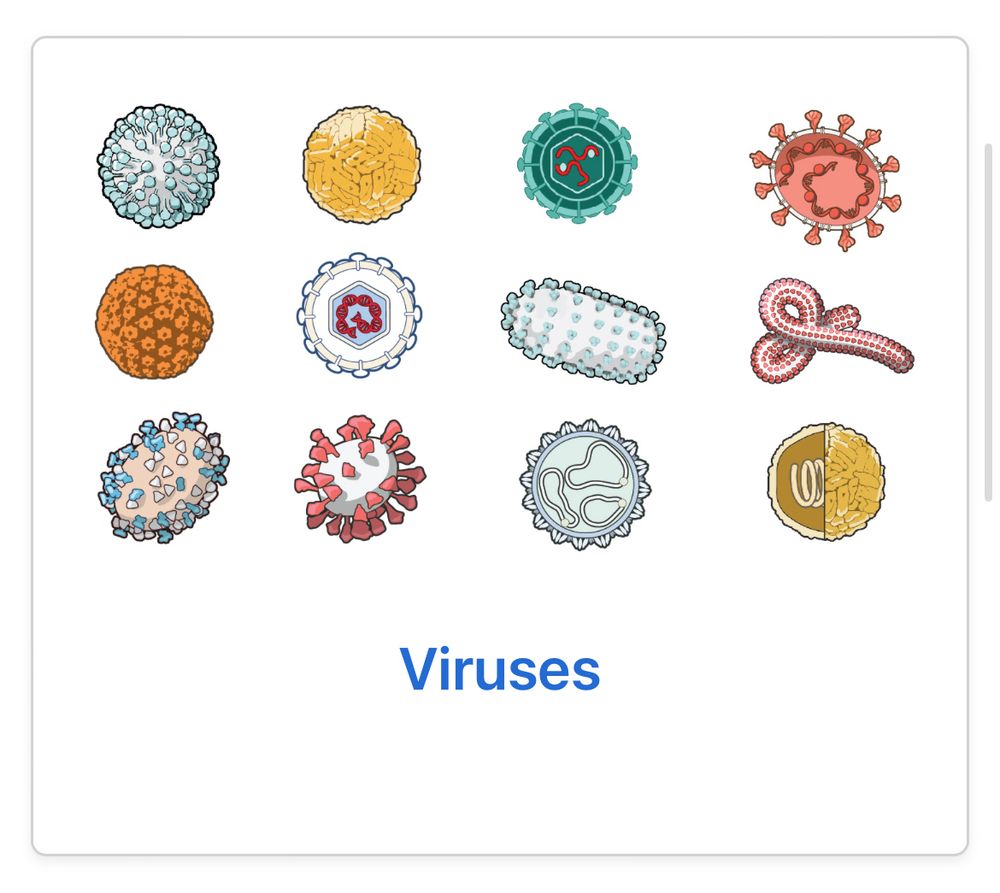
The NIH BioArt Source is an awesome library of *free* professionally drawn illustrations for scientific presentations or figures. Downloadable in HD. Thank you NIH for this invaluable tool 🙏!
Check it out 👇
bioart.niaid.nih.gov
www.science.org/doi/10.1126/...

www.science.org/doi/10.1126/...

The findings were led by first author Clare Puttick as part of the TRACERx study funded by Cancer Research UK
www.crick.ac.uk/news-and-rep...
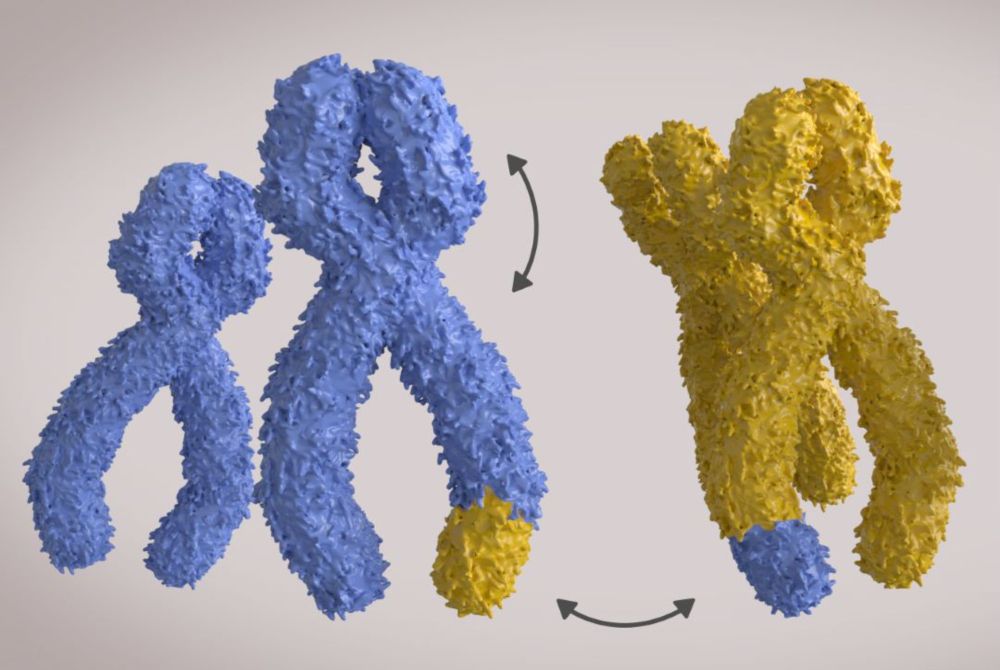
The findings were led by first author Clare Puttick as part of the TRACERx study funded by Cancer Research UK
www.crick.ac.uk/news-and-rep...
Published in Nature Materials.
news.gatech.edu/news/2024/11...

Published in Nature Materials.
news.gatech.edu/news/2024/11...
Anna Gaffney, Matt Froid, and yours truly, working with the Lynch lab, use #MathOnco #ABM models to describe the bone ecosystem in Multiple #Myeloma:
link.springer.com/article/10.1...
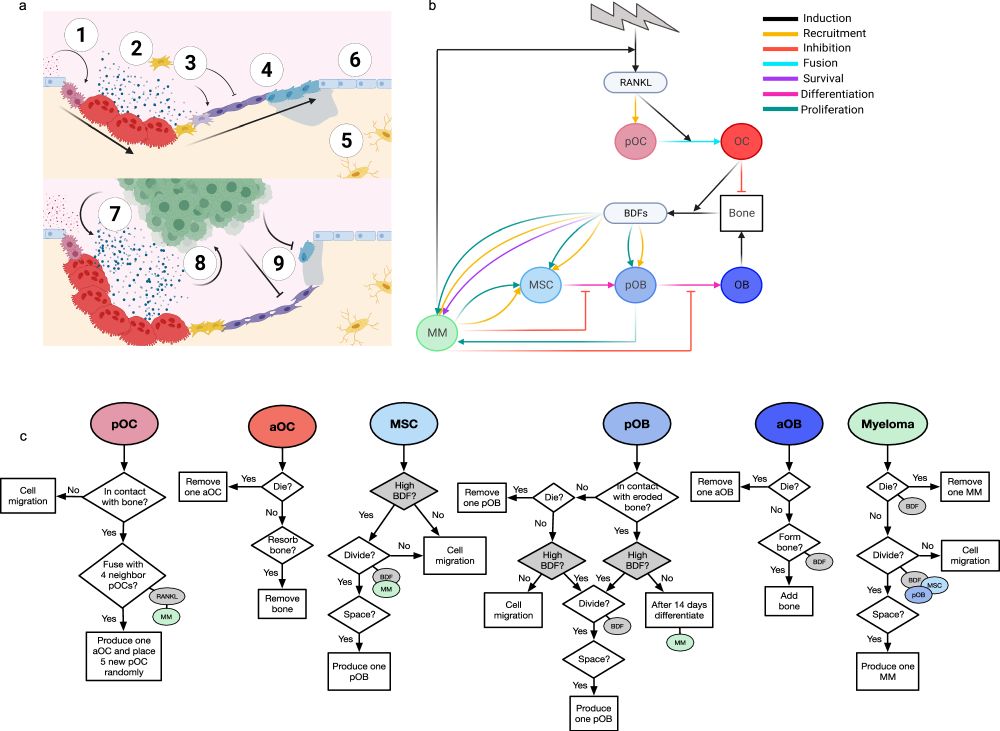
Anna Gaffney, Matt Froid, and yours truly, working with the Lynch lab, use #MathOnco #ABM models to describe the bone ecosystem in Multiple #Myeloma:
link.springer.com/article/10.1...



14 resistance mechanisms, summarised by Idan Yelin & Roy Kishony in Cell
www.sciencedirect.com/science/arti...
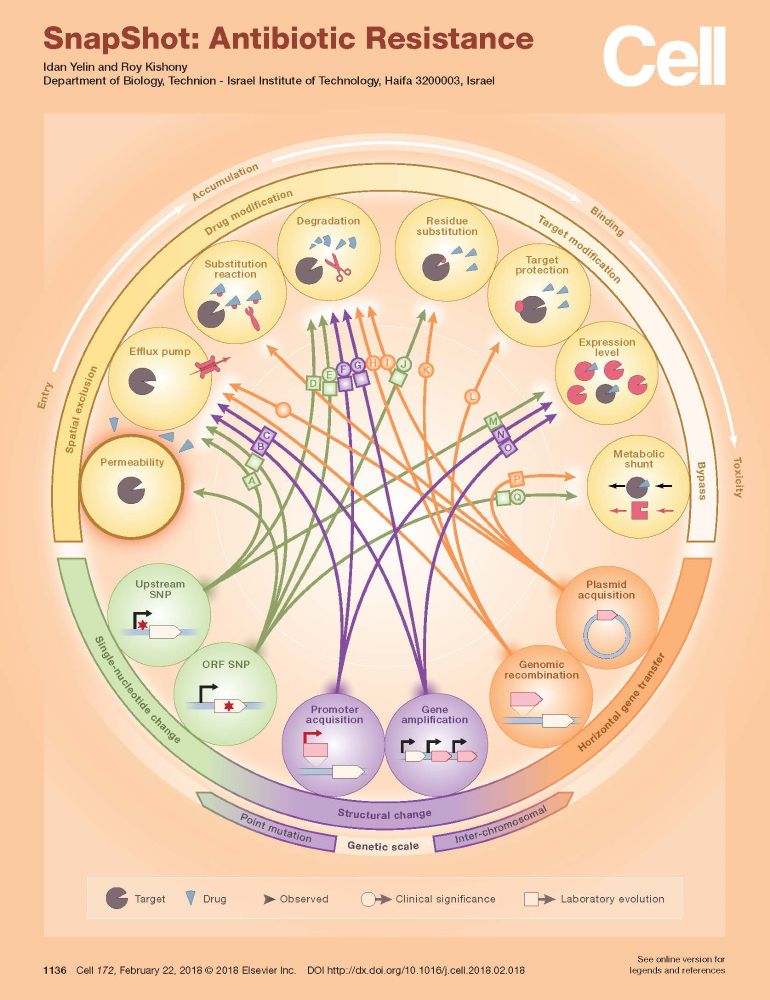
14 resistance mechanisms, summarised by Idan Yelin & Roy Kishony in Cell
www.sciencedirect.com/science/arti...
We are interested in 3D Genome Structure and Function and long-range gene regulation.
Reposting from Twitter some of the things that came out of the lab ( www.ashansenlab.com ) over the last year or so.

We are interested in 3D Genome Structure and Function and long-range gene regulation.
Reposting from Twitter some of the things that came out of the lab ( www.ashansenlab.com ) over the last year or so.

So I built it:
blueskydirectory.com/starter-pack...
The website monitors the packs being shared and adds the ones it finds to the database.
Missed your stater pack? Message me and I'll get it added.

So I built it:
blueskydirectory.com/starter-pack...
The website monitors the packs being shared and adds the ones it finds to the database.
Missed your stater pack? Message me and I'll get it added.



